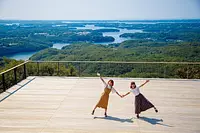A leisurely walk through the approach to Geku and Oharai-Machi, and enjoy a trip to the fullest in Ise and Futami!
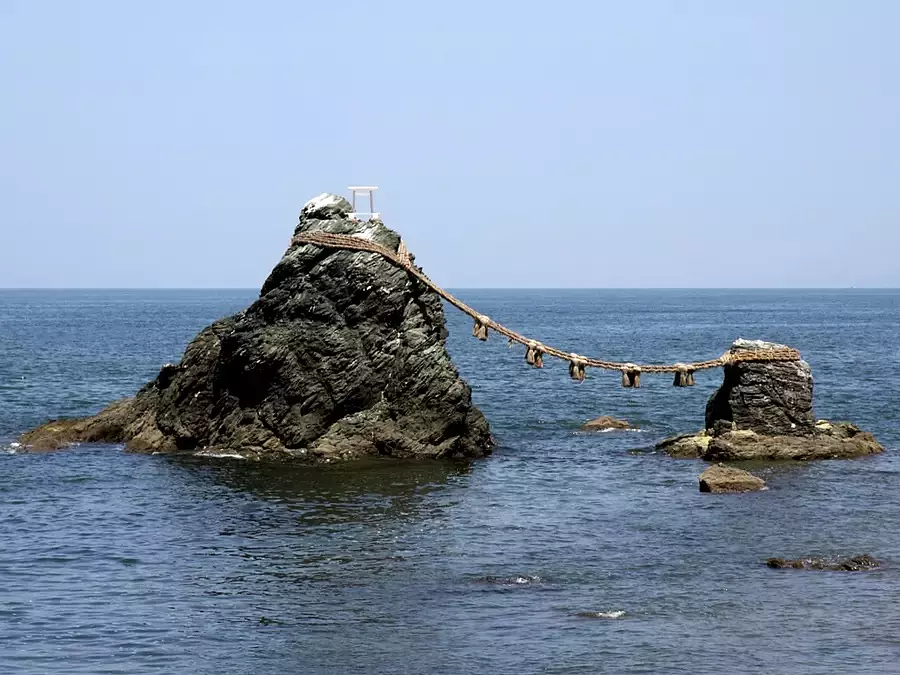
area
- Ise Shima
Season
- All seasons
schedule
1 night 2 days
transportation
car
A course where you can visit IseJingu (Geku and Naiku), the spiritual hometown of Japanese people who want to visit at least once in their lives, and enjoy Futami, where Meotoiwa(rocksofthemarriedcouple) is located.
It is a fun and fulfilling plan where you can take a leisurely stroll along the approach to Geku from Geku to IseCity Station and Oharai-cho in Torii-Oharai-Machi of Naiku, enjoy food while walking, and shop for Ise souvenirs.
[Reference] Click here for the entire Ise-Shima sightseeing guide
IseJingu Geku (Toyouke-daijingu)
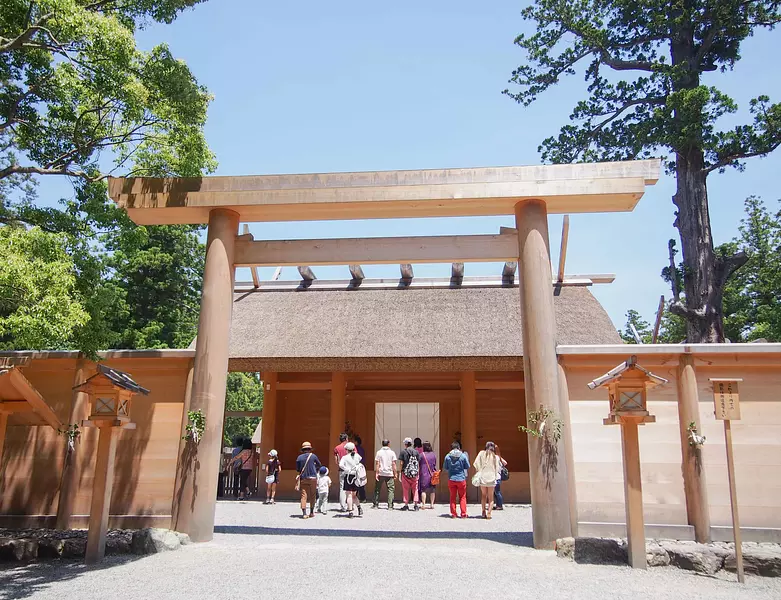
Toyouke-no-Omikami is the deity responsible for the meals of Amaterasu-Omikami in Naiku, and is also revered as the guardian deity of food, clothing, shelter, and industry.
Passing through the torii gate, stepping on the gravel, and walking along the approach path with gentle sunlight filtering through the trees, you will be filled with a refreshing feeling.
At Magatama Pond, irises bloom beautifully in May and June.
SenguKanMuseum [Museum of IseJingu]
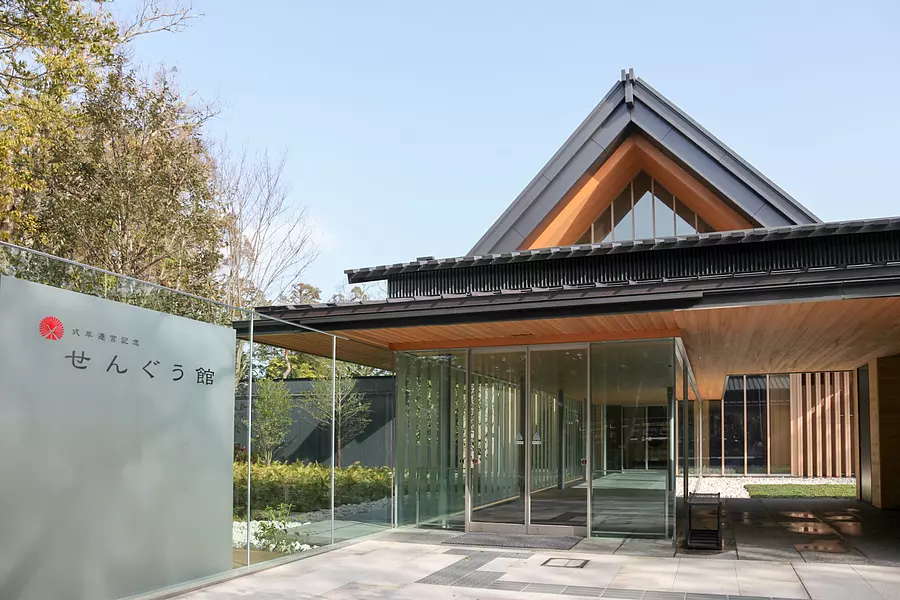
The basic philosophy is to "convey ShikinenSengu the Jingu Shrine," and this facility displays some of the tools, rituals, costumes, and sacred treasures used in the construction of ShikinenSengu, which is repeated once every 20 years.
Tsukiyominomiya (Toyouke-daijingu Betsugu)
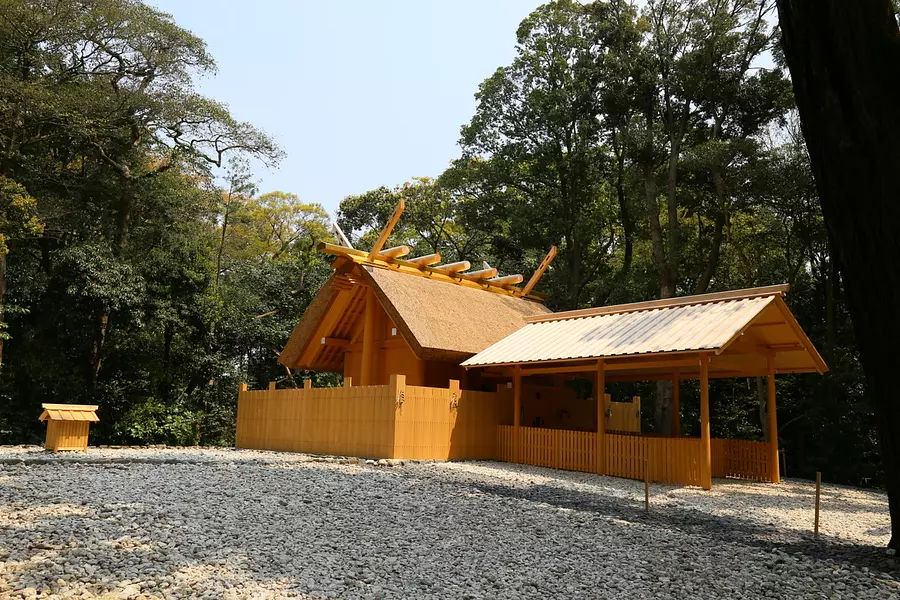
The enshrined deity is Tsukiyomison. He is the younger brother deity of Amaterasu-Omikami Omikami and is the same as the deity enshrined at Naiku Betsugu Shrine enshrines Tsukuyomison and Aramitama in separate shrine buildings, but Tsukiyominomiya is dedicated to Tsukiyomison and Tsukiyo Shrine. The Misonaramitama is enshrined in one shrine building.
Tsukiyominomiya is located at the end of Shinji-dori, which stretches west from the Geku north gate. Surrounded by many trees, including a several hundred year old camphor tree, the Shinto sanctuary has a quiet and peaceful atmosphere that one would not expect in an urban area.
Geku approach
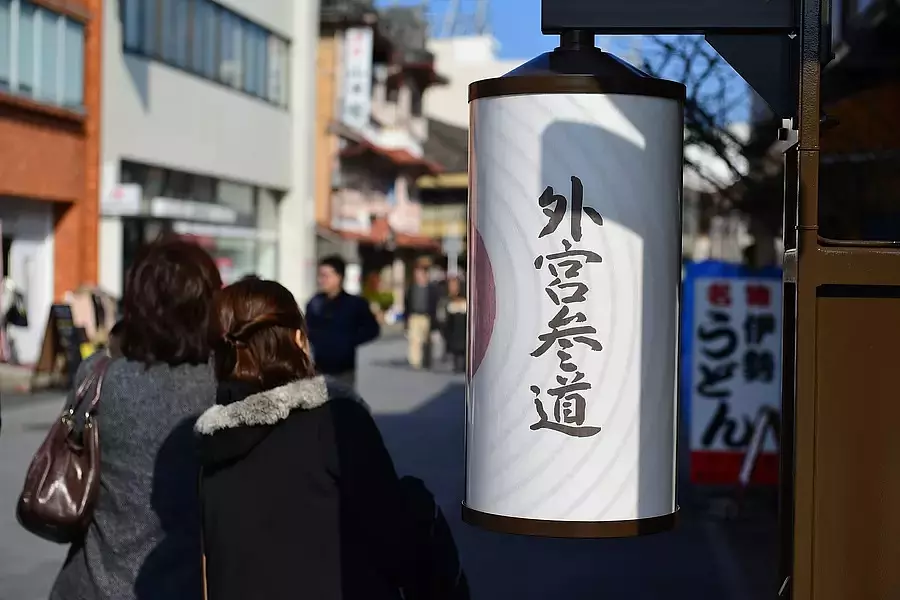
It's a corner with an adult atmosphere where you can visit stylish shops.
IseJingu Geku front area of 参道" feature! Here are 20 popular spots from long-established stores to the hottest restaurants! Geku
IseJingu Naiku (Kotaijingu)
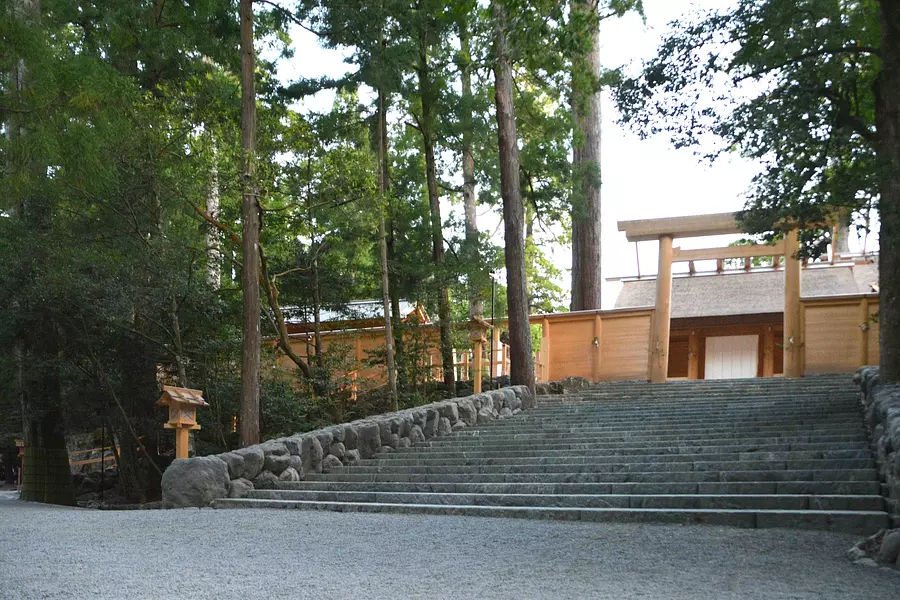
IseJingu affectionately known as the "home of the Japanese spirit," is a must-see spot when visiting Mie Prefecture. Walking through the vast grounds surrounded by lush greenery will refresh your soul.
I go to visit Ise-san once a year.
Click here for the complete Ise-Shima sightseeing guide “Going around IseJingu”
Oharai-Machi
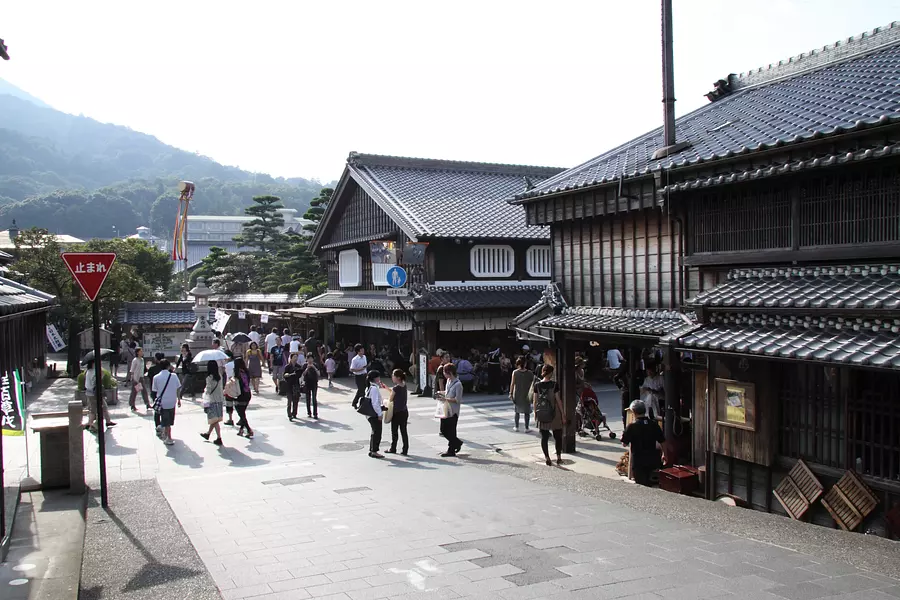
It is an essential spot for visiting Ise, where you can enjoy not only souvenirs but also gourmet food while walking.
Oharai-Machi special feature! Introducing 24 popular spots for gourmet food, souvenirs, and experiences in detail!
Introducing Oharai-Machi gourmet food, souvenirs, etc. in detail!
Okage-yokocho
The charm of this region is condensed, so you can experience the taste of Mie's long-established stores, special products, history, customs, and humanity all at once, and enjoy a relaxing time with a nostalgic feeling while every day is as lively as a festival. It is a healing place where you can enjoy the flow of music.
To enjoy Okage-yokocho to your heart's content, we recommend having lunch or eating around after visiting IseJingu, and then visiting the souvenir shops!
Introducing Okage-yokocho food, souvenirs, and more in detail!
Inn Sea Butterfly
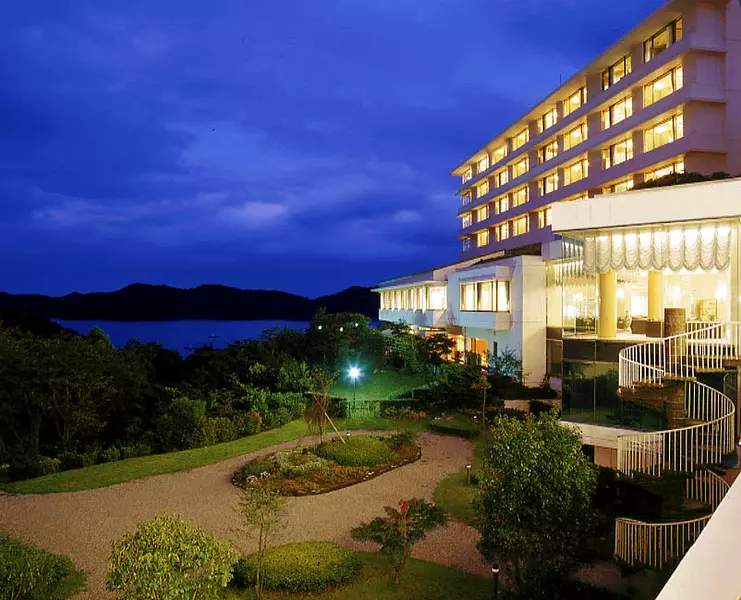
``Ryosou Umi no Chou'' is particular about its ``delicious locally sourced'' cuisine. A “hospitality inn” that shines with warm consideration
Introducing Ryoso Umi no Chou in detail!
Inn Sea Butterfly
Futamiokitama-JinjaShirine
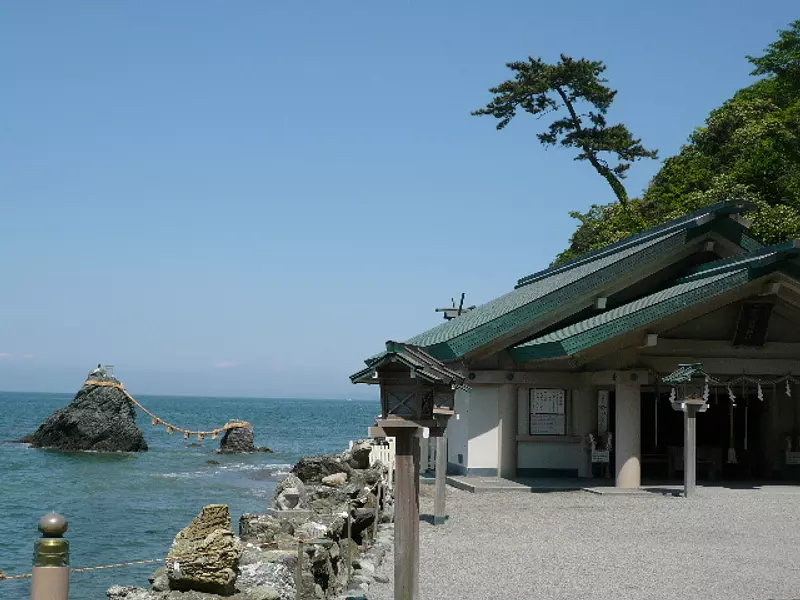
A shrine that has blessings for matchmaking, marital harmony, traffic safety, etc.
Since ancient times, there has been a custom of ``hamasangu'' to purify the mind and body with the seawater of FutamiuraBeach before visiting the shrine, and even today, some worshipers first visit the shrine, receive purification, and then head to the shrine.
Also, in the precincts, there are many Futami frogs (frogs that hatch safely, lent items that hatch) that are said to be the messengers of Sarutahiko Okami.
Purify your mind and body at Futamiokitama-JinjaShirine before heading to Ise on Meotoiwa(rocksofthemarriedcouple) Beach where Meoto Iwa towers!
Introducing Futamiokitama-JinjaShirine in detail!
Meotoiwa(rocksofthemarriedcouple)
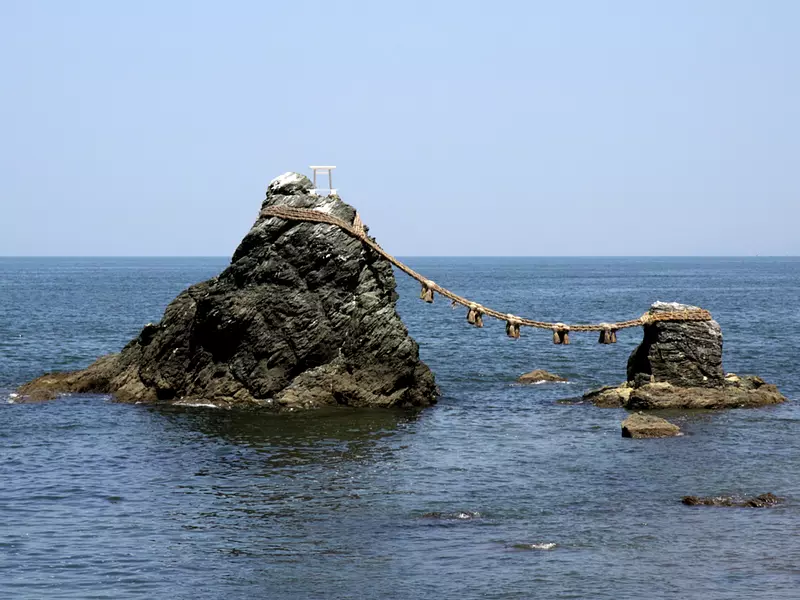
Meotoiwa(rocksofthemarriedcouple) has been known as a sunrise worship place since ancient times.
Meotoiwa(rocksofthemarriedcouple) is considered to be a torii gate from which to admire the Okitamajinseki and the sunrise.
Otokoiwa is 9m high, Onnaiwa is 4m high, and the Oshimenawa that connects the Meotoiwa(rocksofthemarriedcouple) is 35m long and stretched 16m to Otokoiwa and 10m to Onnaiwa. It is 9m long.
The O-Shimena Hari ritual is held every year on May 5th, September 5th, and Saturdays and Sundays in mid-December.
・From May to July, you can see the sunrise from between Meotoiwa(rocksofthemarriedcouple).
Especially on sunny days around the summer solstice, you can see the sunrise over the back of Mt. Fuji in the distance, and the area is crowded with photographers and worshipers.
・From November to January, you can see the full moon from between Meotoiwa(rocksofthemarriedcouple).
Guest house
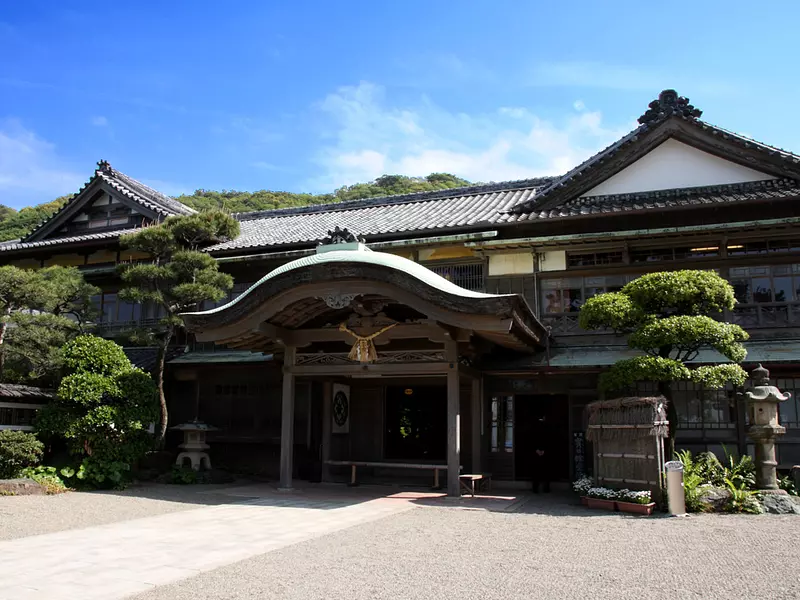
It was built in 1891 as a resting and lodging facility for honored guests visiting IseJingu.
After Futamikan was closed, it was designated as a historical museum of Futami Town in November 2003, and was designated as a nationally designated important cultural property in June 2010, with not only the building but also the garden designed by a top architect at the time. You can see traditional Japanese architecture, including its design, carefully selected materials, and the craftsmanship of its craftsmen.
Ise Shima Skyline
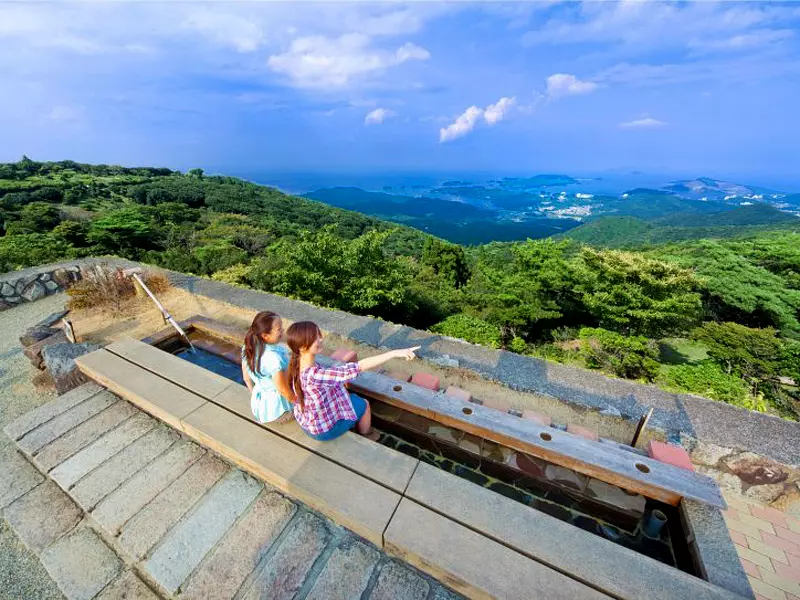
There is also an observation footbath on the observation deck, and you can see a magnificent panorama of Ise Bay, Chubu Centrair International Airport, and on clear skies, the Japanese Alps and Mt. Fuji in the distance.
Near the top of the mountain, there is Kongosho-ji Temple, a famous temple of the Nanzen-ji sect, which has been famous for a long time ago, saying, ``If you visit Ise KongoshojiTemple you...''. This temple is also known as the inner temple of the shrine, as it protects the demon gate of IseJingu. The main hall is designated as an important cultural property and is dedicated to one of Japan's three great Kokuzo Bodhisattvas.
KongoshojiTemple
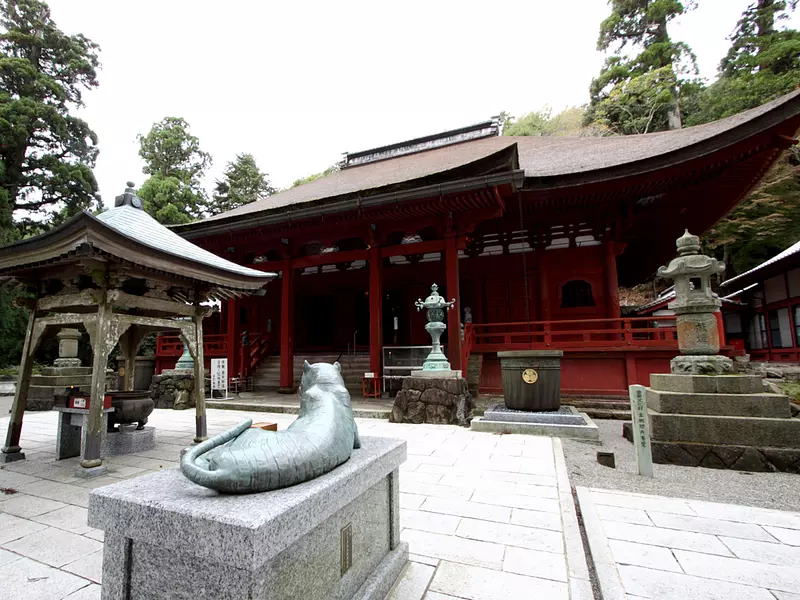
An old temple connected to Kukai located on the summit of Mt.Asama. It is also famous as the temple that protects the Demon Gate of IseJingu.
In the second year of Tencho (825), Kobo Daishi Kukai built the main dojo for Shingon esoteric Buddhism, enshrining Fukuichi Mankokuzo Bodhisattva as the principal image, and called it Shohozan Kabutsuin Kongoshoji KongoshojiTemple.
It is said that Kobo Daishi Kukai practiced Kokuzo Gumonjiho on this mountain. After that, a period of no residents continued, and in 1392, the fifth head Zen master of Kamakura Kencho-ji Temple Butchi entered the mountain and worked to revive the temple.
Butschi Zenji is regarded as the founder of the Chukyo sect, and he converted from the Shingon sect to the Rinzai sect, becoming a temple of the Nanzenji sect of the Rinzai sect.
Although it suffered fires in 1597 and 1609, Tokugawa Ieyasu ordered Terumasa Ikeda, lord of Himeji Castle, to rebuild the main hall in 1610.
After that, it was again destroyed by fire in 1804 and 1887, and many halls were lost. Existing buildings from the Edo period include Mani-den, Legal Hall, Gumonji-do, Uho-do, Bokai-in, Yoraku-in, Donkai-in, and Kogen-in.
Founding year: 539-571
Other recommended courses
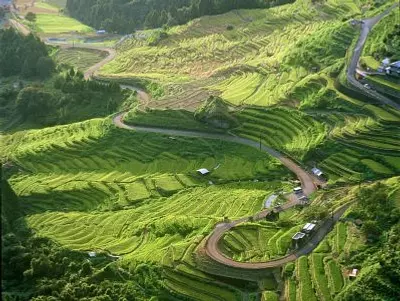
A pilgrimage to visit Ise, walk the Kumano Kodo, and heal in hot springs
Ise Shima
A course where you visit Ise in the early morning and then walk along the World Heritage Site Kumano Kodo. Be captivated by the dynamic nature and its beauty, and soak in the hot springs to soothe yourself.

Receive blessings at the power spots in Ise-Shima!
Ise Shima
This course will take you to power spots such as IseJingu 's IseJingu Geku and Naiku, which are located in a vast and mysterious forest, Meotoiwa(rocksofthemarriedcouple), where two rocks stand side by side and look like a couple cuddling, and Ishigami-san, which has been believed to be a goddess who always grants one wish to a woman.
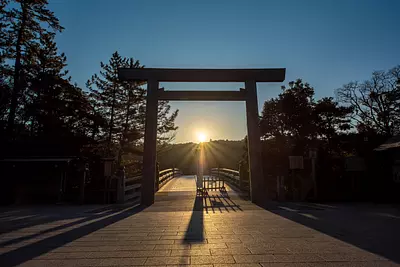
A trip to experience the culture of IseJingu
Ise Shima
Ise IseJingu, located in Ise and boasting a history of over 2000 years, is the spiritual hometown of the Japanese people. IseJingu Shima, where IseJingu is located, is located in Futamigaura, where Meotoiwa(rocksofthemarriedcouple) is said to have been used for purification before visiting Ise Grand Shrine.It was built as a rest and accommodation facility for honored guests visiting IseJingu. There are many spots related to IseJingu Grand Shrine, such as the guesthouse and Kawasaki, the kitchen of Mr. Ise, which flourished as a wholesale district. If you take this course, you will be able to fully experience the culture of IseJingu.
